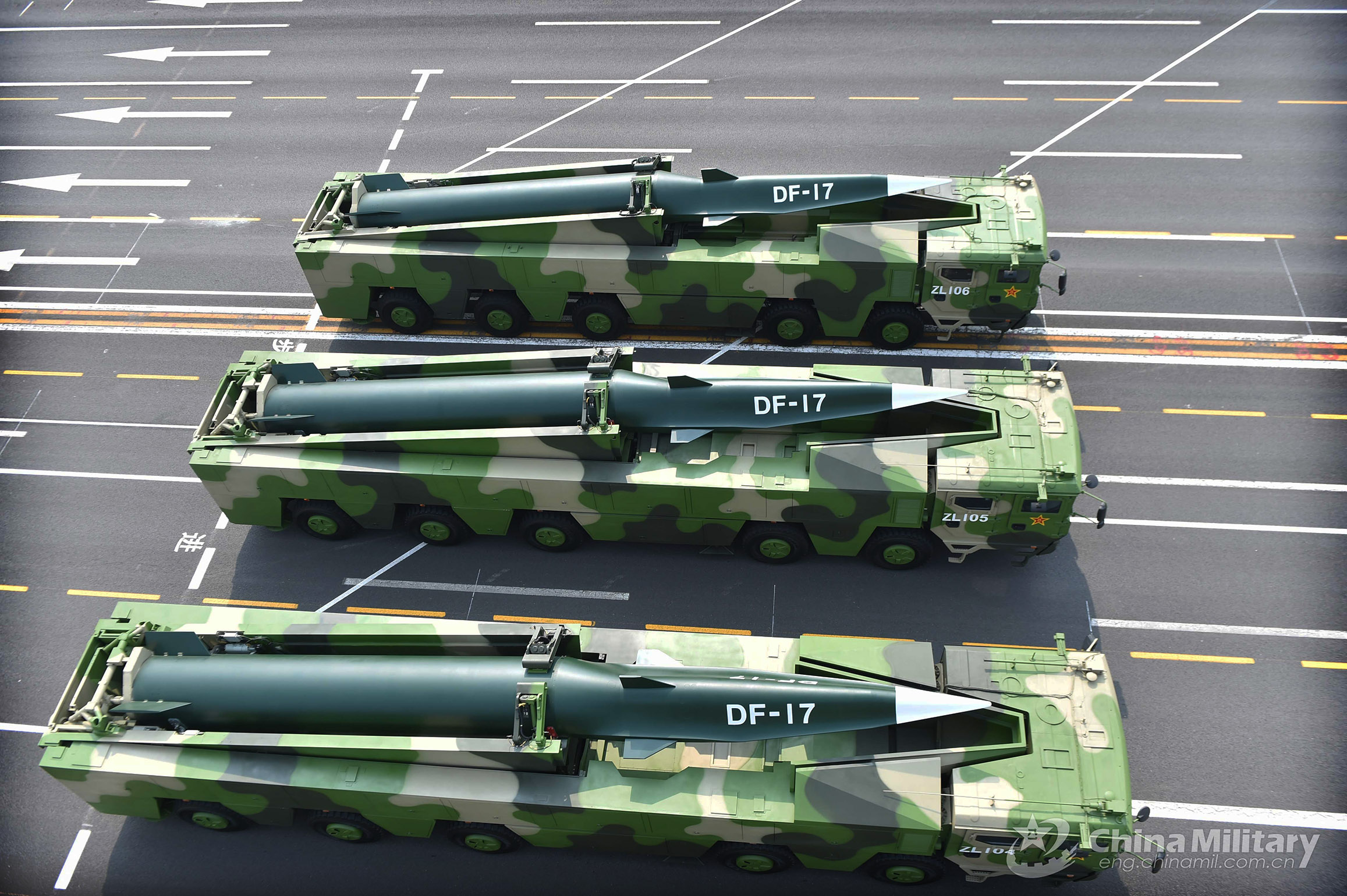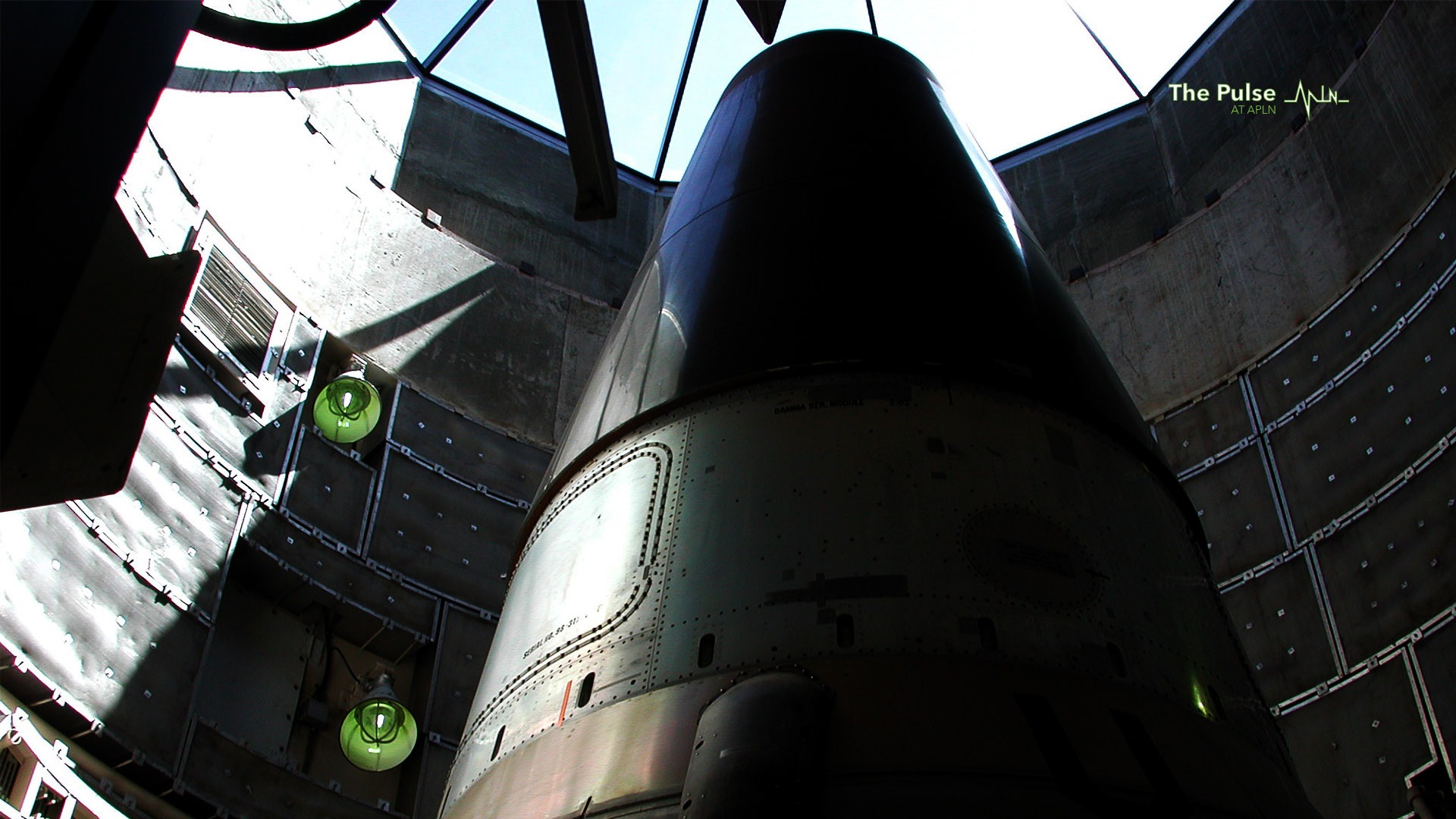[WMD] A Looming Strategic Arms Race in the Asia-Pacific Region: From a Chinese Perspective
The WMD Project is an ongoing endeavour by the APLN’s network of experts to assess regional security issues, proliferation challenges, and flash points in the Asia-Pacific.
Click on the link to the left-hand side to download the full report.
In this special report, Dr LUO Xi, Research Fellow at the China Arms Control and Disarmament Association (CACDA), cautions that an unrestrained nuclear arms race between the United States and Russia affects China’s calculations of its nuclear retaliatory capability, increasing the complexity of interactions between the three nuclear powers, and complicating future arms control negotiations.
Dr Luo notes that many of the rules of the road and measures designed to restrain the United States and Russia have been abandoned, and that all three nuclear weapon states are modernizing their nuclear forces and introducing “post-ballistic” missile technologies, creating new military and escalatory risks.
She notes the shift from Cold War US-Russian bipolarity to a trilateral US-Russia-China strategic triangle and makes the case that China is not a passive actor in this new dynamic. In the past, China relied on its ability to absorb a nuclear first strike and retaliate. China is now increasing the survivability of its nuclear forces by deploying multiple warheads on missiles and experimenting with hypersonic boost-glide vehicles to reduce warhead delivery time and early warning to less than that associated with ballistic missiles.
Today, China may respond directly to possible US deployment of (previously prohibited) ground-based intermediate-range force (INF) missiles in the western Pacific, with its own advanced strategic weapons systems such as hypersonic weapon systems, multiple re-entry vehicles (MIRVs) and others.
Dr Luo concludes that urgent risk reduction measures must be adopted in light of these deteriorating great-power relations, uncertainty over the impact of emerging technologies, and the fact the some “post-INF” missiles, with the low political and legal barriers to their acquisition and use, are attractive to states, contributing to missile proliferation.
China may be more likely to participate in arms control than arms reduction talks because it perceives arms control to be more comprehensive than simple numerical weapons reductions. China is concerned that a trilateral arms control treaty with the US and Russia will be designed to weaken Beijing’s limited nuclear retaliatory capabilities which rely in part on opacity and ambiguity to compensate for its smaller and more limited nuclear force.
Key highlights include:
- The new nuclear arms race between the US and Russia will be different from that of the Cold War. The termination of the US-Russian Intermediate Nuclear Forces (INF) Treaty highlights that bilateral arms control ultimately will not curb the geographical spread and technological advancement of missiles.
- The primary objective of the US nuclear forces has shifted from preserving strategic stability between the nuclear great powers to countering strategic threats from nuclear adversaries, whether they be small, medium, or great powers. The US may potentially deploy previously prohibited ground-based INF-range missiles in the Asia-Pacific region, pushing the region into a “post-INF” era.
- Russia’s nuclear modernization is still motivated in part by Moscow’s strong desire to maintain overall numerical parity with the US and to reclaim its major power role. Russia’s strategic modernization program has three elements: replacing aging warheads and delivery systems with new and advanced ones; modernizing its tactical nuclear weapons; and producing new “exotic” types of nuclear weapons systems that are not counted under the New Strategic Arms Control (New START) Treaty.
- An unrestrained nuclear competition between the US and Russia not only complicates future bilateral arms controls but also potentially affects China’s considerations of its own nuclear retaliatory capabilities, thereby increasing the complexity of tripolar great power strategic interactions.
- China finds that the best option is to increase the survivability of its nuclear forces by deploying multiple warheads on missiles, and experiment with hypersonic boost-glide vehicles that reduce warhead delivery time and early warning to even less than that associated with ballistic missiles.
- From Beijing’s perspective, the P5 format is more appealing than negotiating with only the US and Russia, especially to negotiate confidence building measures such as the No First Use (NFU) principle. China is worried that a trilateral arms control treaty with the US and Russia will be designed to weaken Beijing’s limited nuclear retaliatory capabilities, which rely in part on opacity and ambiguity to compensate for its limited nuclear force.
- China may be more likely to participate in arms control than arms reduction talks because it perceives the arms control to be inherently more comprehensive in nature than simply reductions.
Recommendations include:
- Expanding existing missile regulations in terms of membership and scope. Without the inclusion of cruise missiles, hypersonic missiles and even missile defenses, they will fall far short of avoiding a costly and potentially destabilizing nuclear arms race. A regional missile-limitation regime that provides prior notice of missile and satellite launches to enhance transparency and predictability would offer great strategic benefits to all states in the region.
- Sharing nuclear risk reduction responsibilities amongst nuclear-armed states according to the level of nuclear forces each state possesses. France, the United Kingdom, and China should contribute more meaningfully to the international arms control processes.
- Conducting a multilateral dialogue that aims to persuade nuclear-armed states to switch from “launch under warning” to “launch under attack.” This should be accompanied with a related operational policy where nuclear weapons are kept undeployed at central depots on low alert levels, concurrent with declaration of a common “No First Use” policy.
Click on the adjacent link to download the full report.
About the Author
Dr LUO Xi (罗曦) is a Research Fellow at the China Arms Control and Disarmament Association (CACDA) and has a PhD in International Politics from the Renmin University of China.
This paper was presented to the APLN Weapons of Mass Destruction (WMD) in the Asia-Pacific Workshop, December 1-4, 2020, and is part of an upcoming edited volume from experts in the region titled “WMD in Asia Pacific: Trends and Prospects,” which is scheduled to be published later in 2021. The workshop was funded by the Asia Research Fund (Seoul).
Disclaimer: The views expressed in this report do not necessarily reflect the position of the Asia Pacific Leadership Network or any of its members.
Image: iStock

![[WMD] A Looming Strategic Arms Race in the Asia-Pacific Region: From a Chinese Perspective](https://cms.apln.network/wp-content/uploads/2021/10/KakaoTalk_Photo_2021-10-21-10-35-34.jpeg)
![[CTR Plus] Comparing the Russian CTR Experience with North Korean Challenges](https://cms.apln.network/wp-content/uploads/2021/10/KakaoTalk_Photo_2021-10-08-17-14-01.jpeg)

